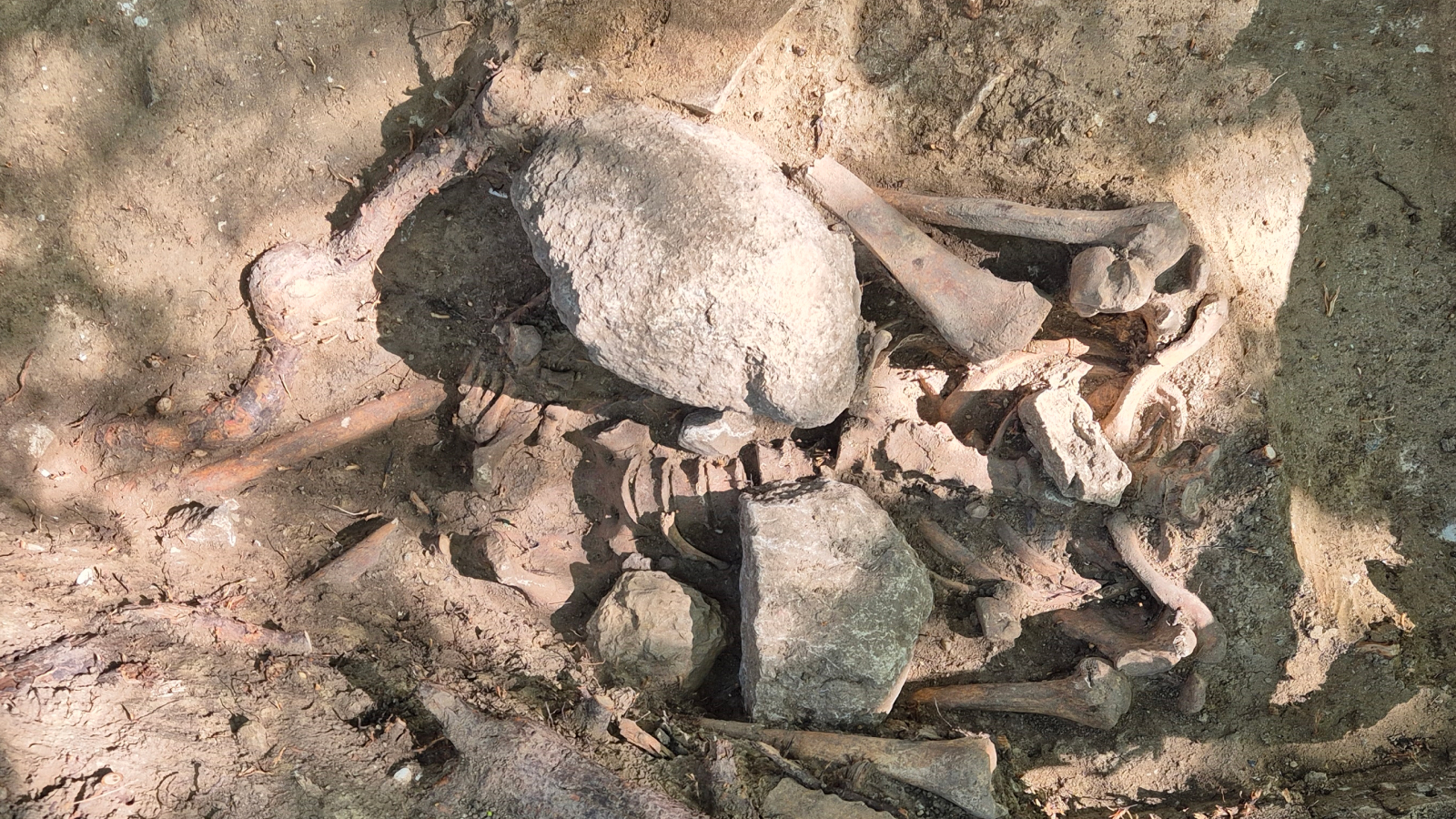Horticulturae, Vol. 10, Pages 700: ARIMAX Modelling: Response of Hass Avocado Respiration Rate to Environmental Factors
Horticulturae doi: 10.3390/horticulturae10070700
Authors: Anabel Morales-Solis Artemio Pérez-López Martha Elva Ramírez-Guzmán Teodoro Espinosa-Solares Irán Alia-Tejacal
This research explores how random events influence the respiration rate in Hass avocado beyond deterministic models in order to develop better strategies for extending its shelf life. Understanding these factors can enhance the accuracy of postharvest management strategies. The Autoregressive Integrated Moving Average (ARIMA) model with exogenous variables (ARIMAX) is an alternative stochastic probability model which is capable of modeling complex, externally influenced phenomena such as respiration. This study aimed to elucidate the effect of three exogenous variables, namely temperature, relative humidity, and ambient illumination, on the respiration rate of Hass avocado fruits. Data on the respiration rate and exogenous variables were obtained using sensors coupled to a data acquisition system in a prototype of continuous airflow. The Box–Jenkins methodology was employed to construct the ARIMA models. The temperature, relative humidity, ambient illumination, and respiration rate variables were adjusted to the ARIMA models (3,1,2), ARIMA (1,1,2), ARIMA (1,1,2), and ARIMA (1,1,3), respectively. The ARIMAX (1,1,3) models were obtained from the pre-whitened respiration rate series. The impact detected in the transfer functions indicates increases in the respiration rate of 0.34%, 1.52%, and 0.99% for each unit increase in the temperature, relative humidity, and ambient illumination variables, respectively. In this regard, ARIMAX modeling is reliable for explaining the physiological response of Hass avocado fruits due to external factors. In future research, it is intended to extrapolate this stochastic modeling procedure to measure the effect of dynamic loads on the respiratory metabolism of fruits during transportation, where there is a considerable loss in the quality of fresh products.

 2 months ago
25
2 months ago
25


